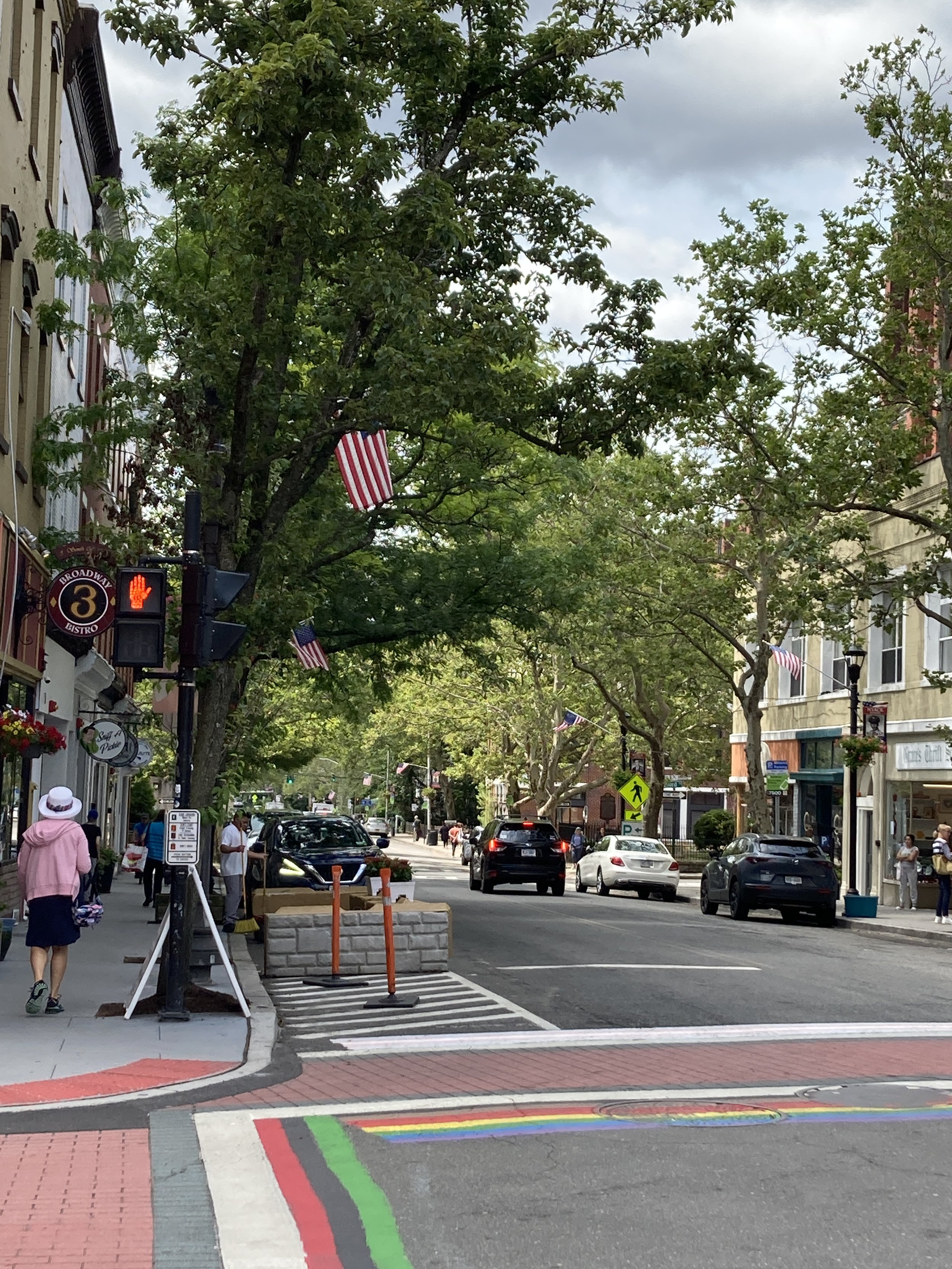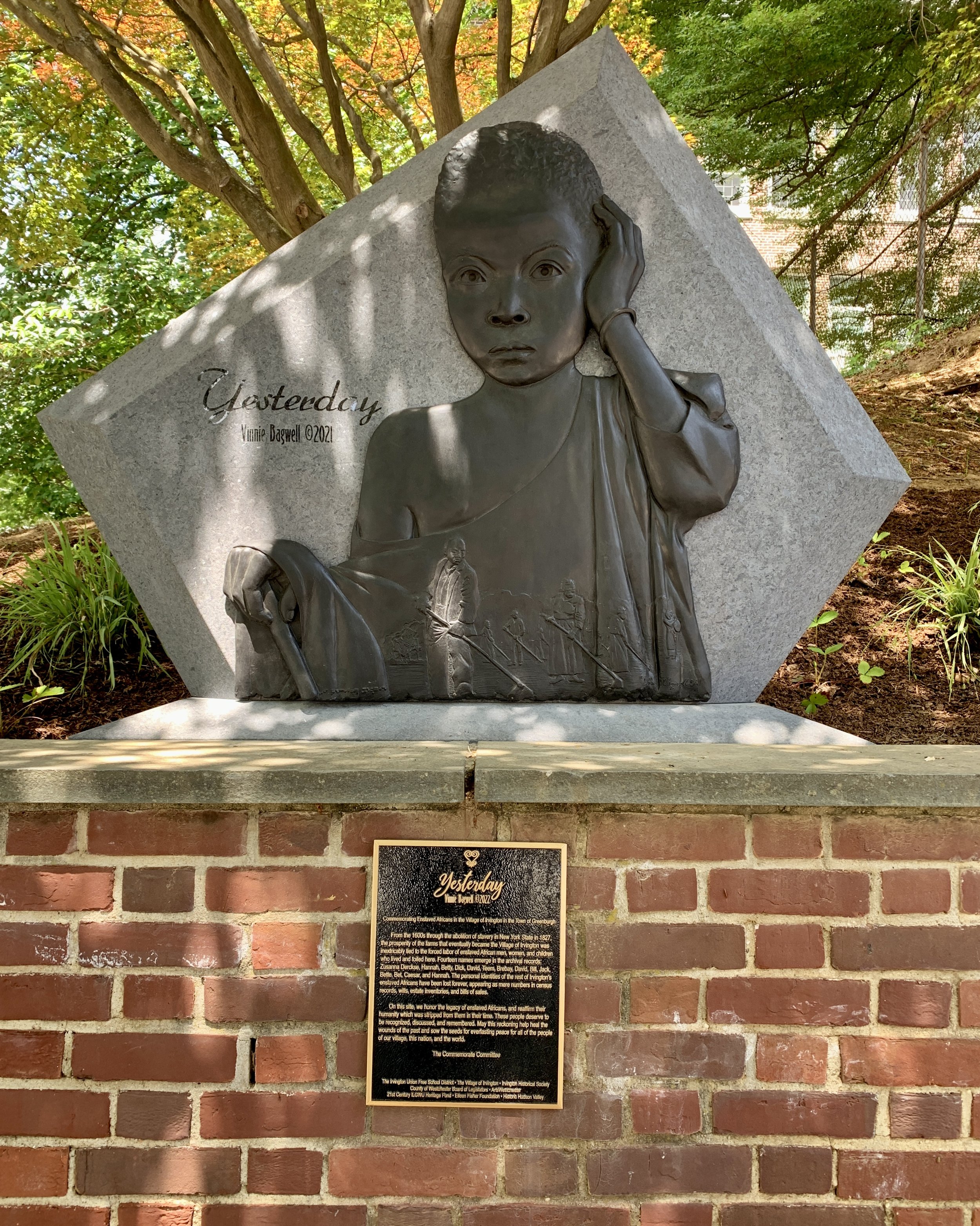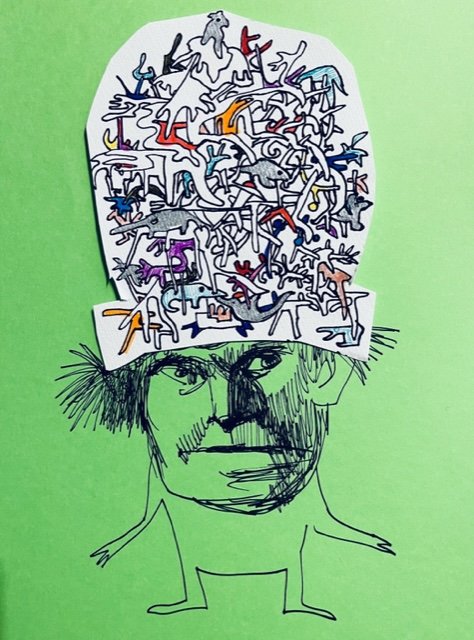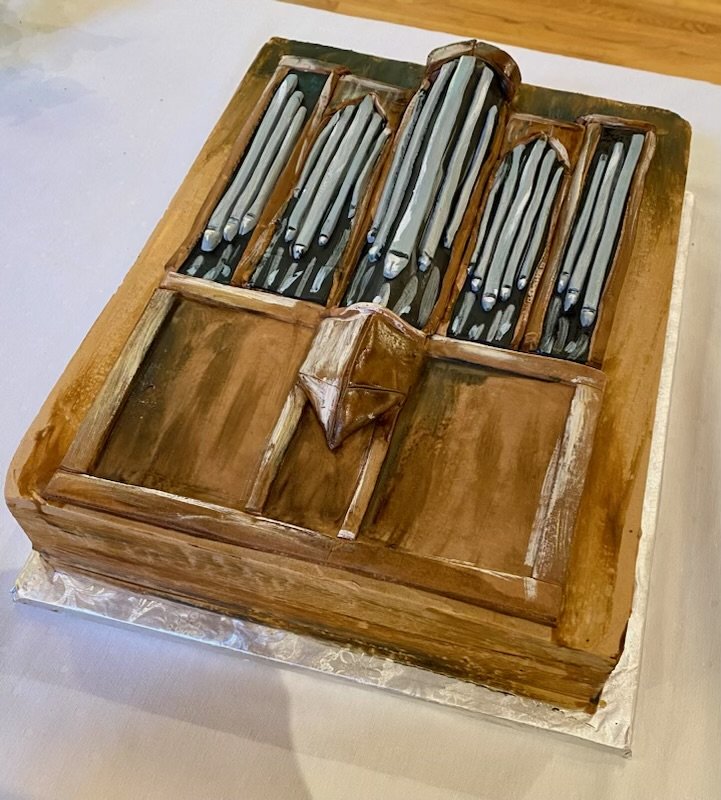Photo Credit for picture: Credit: FotoHelin/ iStock
Resurrection Plants Can Go Seven Years Without Water
Even for those who have never been able to keep a houseplant alive, Selaginella lepidophylla — also known as a resurrection plant, the Rose of Jericho, or, confusingly, the False Rose of Jericho — is a pretty low lift. They’re native to the Chihuahuan Desert in northern Mexico and parts of Texas, New Mexico, and Arizona, and have an incredible survival strategy for the dry heat. They allow themselves to dry out, and then bounce around as tumbleweeds until they find somewhere damp to settle down. Once hydrated, they spread out their fern-like fronds and turn green. If that area dries out, they just curl back up into a ball and repeat the cycle. Once dormant and dead-looking again, the plant can survive for up to seven years.
Selaginella lepidophylla does not need to be rooted to come back to life, and it only takes a couple of hours to go from dormant to vibrant. As houseplants, they are nearly impossible to kill. Just make sure nobody mistakes them for actually being dead — their biggest household hazard is becoming accidental trash.
Contributed by Joe Bruno
Quotable Quotes . . .
"Nothing spoils a good story like the arrival of an eyewitness."
Contributed by Marianne Bloomfeld
























































































